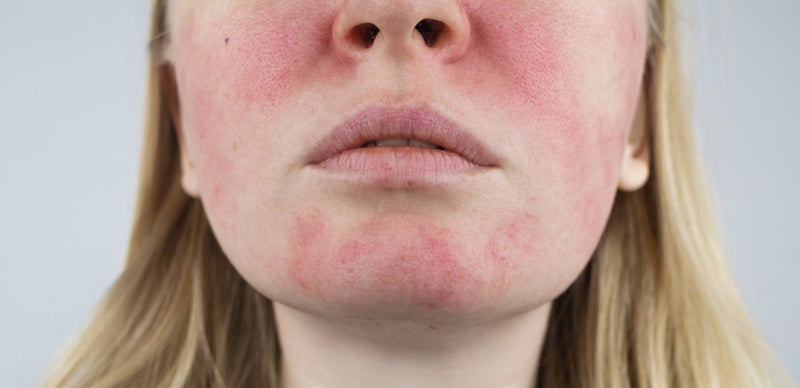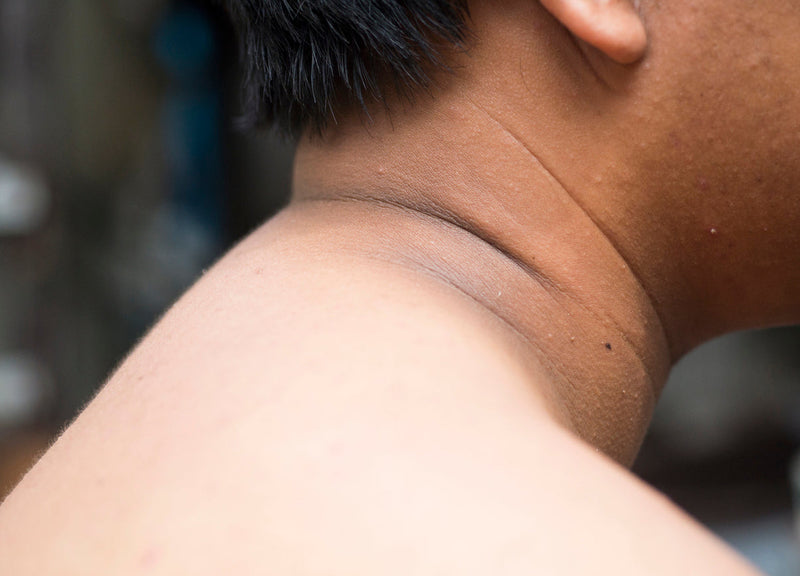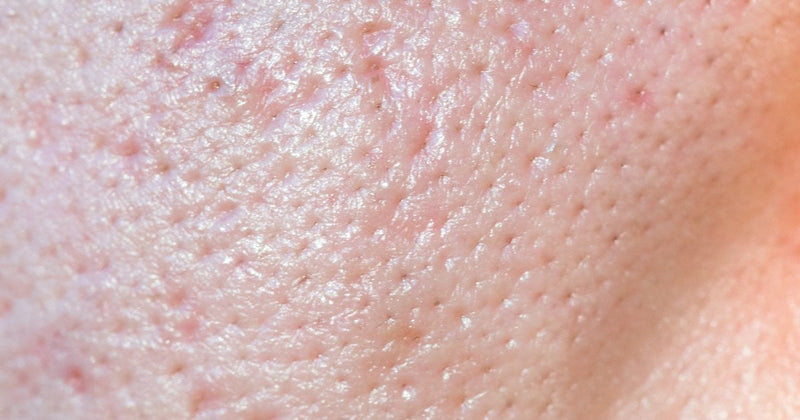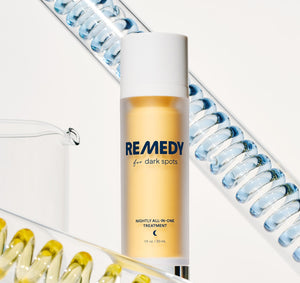The Ultimate Guide to Slugging: A Dermatologist's Perspective
What is Slugging?
Slugging is a skincare practice that involves applying an ointment, often one with a petrolatum base, as the final step in your skincare routine or even as the only step at night. The primary goal of slugging is to help restore the skin's protective barrier. The term "slug" here refers to the generous application of an occlusive product, resembling the mucous trail left by a slug.
What are the risks of slugging?
Before slugging it’s important to consider what you are occluding underneath that thick layer of petrolatum. If you are acne-prone, occluding acne-causing bacteria could increase the risk of acne breakouts. If you are prone to milia, it can also increase your risk of milia. Finally, be cautious when slugging over retinol and exfoliating acids, this can increase the risk of irritation by enhancing their penetration into the skin.
What product should I “slug” with?
Vaseline, CeraVe healing ointment, or Aquaphor (risk of lanolin allergy) are preferred slugging ointments.
How to slug like a dermatologist:
| 1. Cleanse | Cleanse the skin thoroughly with a gentle, fragrance-free cleanser. |
| 2. Moisturize | After cleansing, Apply a hydrating moisturizer. |
| 3. Protect |
Apply preferred slugging ointment. |
Conclusion:
Slugging is a skincare practice that, when done correctly, can help restore the skin's protective barrier and enhance the efficacy of your skincare routine. However, it's crucial to “respect the slug” as Dr. Maxfield puts it, carefully select the products, and consider individual skin needs and sensitivities.








